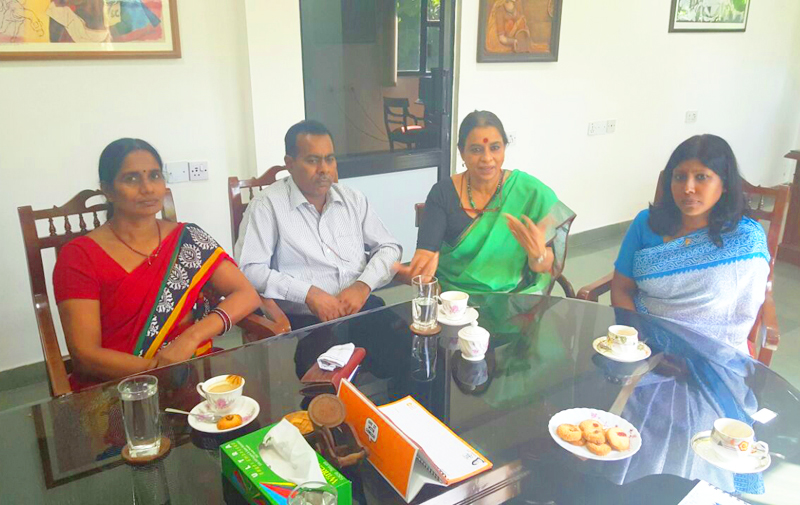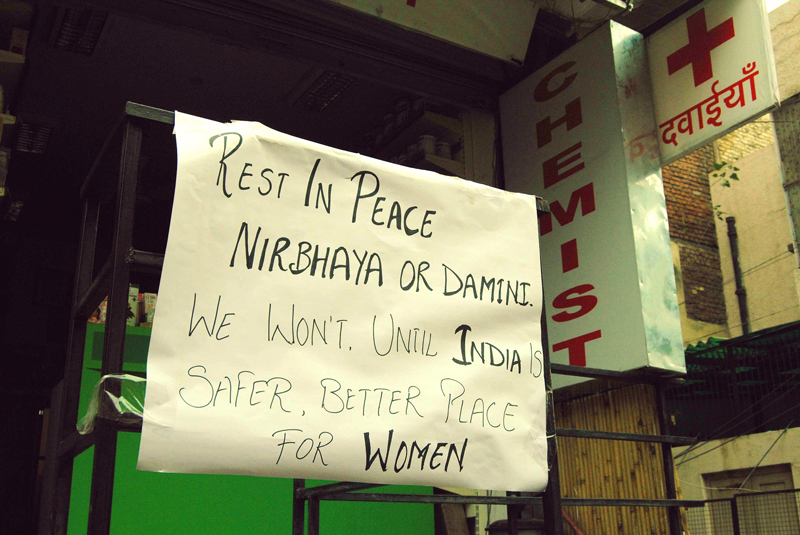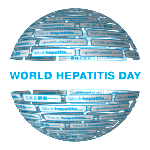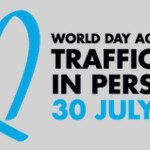The first time I came to Delhi was on 28 December 2012, about two weeks after the Nirbhaya gang rape had occurred. Already fuelled by orientalist imaginaries of India, the news had shocked many of my friends and family who were suddenly not sure about my decision to move to Delhi by all myself as a young woman.


Once in Delhi, I realised that the events had impacted and shocked Indian society as much as the international community. I have never known Delhi before The Nirbhaya rape case, but I was sure that the incident had changed the city and possible: the country. In my first days ever in Delhi, I was more or less confined to the space of my new home as the streets were flooded by mass protests. I was impressed by the massive involvement of civil society. Although I agree with the critique that it is unfortunate that the massive movement only emerged when a young woman for higher social strata was assaulted, I still believe we can be thankful that at least now ‘rape’ has entered public dialogue.
It is July 2015 now, and I am still in Delhi. The parents of the Nirbhaya victim visited The Centre for Social Research on 28 July 2015. It got me wondering: whatever happened to the Nirbhaya rape case?


The part we probably all know, is that all the accused had been sentenced to death by hanging, except for the juvenile who has been given the punishment of three years’ imprisonment in a reform facility. One of the perpetrators died prior to the execution, during his trial. His face is one which we will not be likely to forget, especially because of the remarks about the rapehe made in the BCC documentary India’s Daughter. He has become the personalization of evilness in the minds of many, and with his death, people believe justice has been restored. I believe however that justice will only come when our cities have truly become safer for everybody.
With the same energy we went to the streets in 2012, we need to now pressurize the government to improve safety systems of our big cities. We need to remind each other that the UPA government of the time had announced the ‘Nirbhaya Fund’ in the 2013-14 budget with an initial corpus of Rs 1000 crore. By now this budget has grown up to Rs 3000 croreto be spent on women safety annually. Sadly, until date not a single project funded through this budget has taken off however.
Luckily civil society has grown impatient with waiting for change to come. CSR, for example organised the ‘Safe City is a Smart City’ round table conference, bringing together representatives from the Delhi police, women’s rights activists and other stakeholders. As a result from this get together, a 20 point agenda was drafted. The action points reflected on the responsibility for a positive and gender sensitive change at all levels in society, including the household. Let’s take up this agenda and bring about real justice. We owe it, not only to Nirbhaya, but we also owe it to ourselves.
Looking forward to reading your blogs, you can mail us your entries at WriteWithUs@csrindia.org, or upload them at Write With Us.
Donation for Centre for Social Research to Join our effort in rehabilitating Domestic Violence
Discuss this article on Facebook




